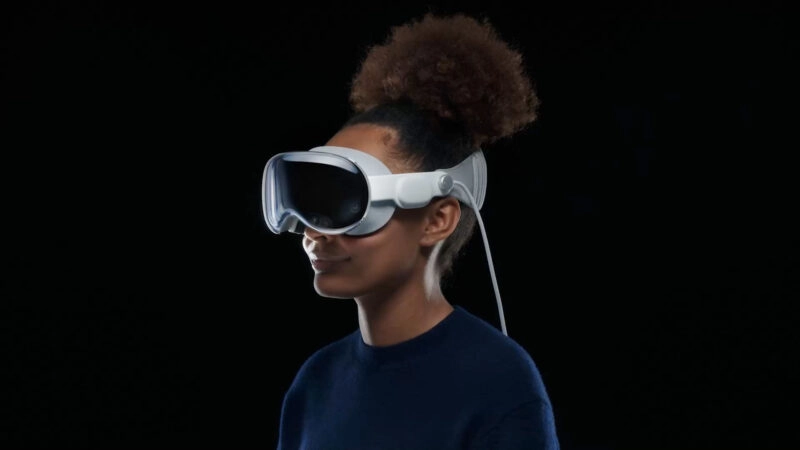Why Apple’s New Headset Might be the Final Nail in the Consumer VR Coffin

Apple is on the cusp of launching its first mixed-reality headset, and this could mean a big shake-up for the VR market. It’s a bit like a storm brewing on the horizon – the VR market, already in a state of flux, might just get that final gust of wind that tips it over the edge.
Consumer VR Market: A Tough Road
Let’s not mince words here, the VR market has been having a bit of a rough time. You’ve got IDC data showing a jaw-dropping 54.4% drop in global AR and VR headset shipments in Q1’23 compared to the same period last year. And it’s mainly VR headsets – they account for 96.2% of the total headsets shipped.
The big dogs in the AR/VR headset scene are Meta, holding a hefty 47.8% of the market share, and Sony’s PSVR 2, which has been making strides and now has 35.9% of the market. But after that, it’s a bit of a free-for-all with several smaller players scrapping over the rest.
Apple’s Arrival: The Possible Final Straw
Enter Apple, striding into this rocky market with its new headset. The price tag is rumored to be high, and given the recent dip in AR/VR headset shipments, it begs the question: can the consumer VR market really handle another premium product?
Let’s face it, VR technology has always had a bit of a problem with its cost of entry. It’s been a significant roadblock to getting the masses on board. Apple stepping into the ring with a pricey headset might just be reinforcing this barrier, not breaking it down.
Then there’s the issue of keeping users engaged in the long run. Sure, lots of people are initially thrilled by VR tech, but the novelty seems to wear off over time, and consistent use has been a struggle. A top-tier, high-cost product like Apple’s could make this problem worse by narrowing its appeal to a niche market, thereby putting the brakes on widespread adoption.
The Bright Spot: VR in Design and Visualization
Now, while the consumer VR scene might be on shaky ground, let’s not forget that VR tech is actually flourishing in certain professional sectors, like design and visualization. Here, VR’s immersive capabilities come into their own, particularly for spatial and room visualization.
Think about architects, interior designers, and event planners – they’re using VR to generate realistic 3D renderings of spaces. This lets their clients virtually “walk through” and experience these spaces in a way that flat 2D renderings just can’t match. And it’s not just them. The real estate sector is getting in on the action too, offering potential buyers virtual tours of properties.
—
So, while Apple joining the VR market is certainly a fascinating development, it could also be a turning point for consumer VR. The market’s been struggling, the cost of entry is high, and long-term user engagement is a challenge. Apple’s VR headset might just be the last straw for consumer VR. On the other hand, VR tech continues to shine in professional fields like design and visualization. So, even if the consumer VR market stumbles, the technology itself looks set to keep growing and evolving in these specialized areas.







